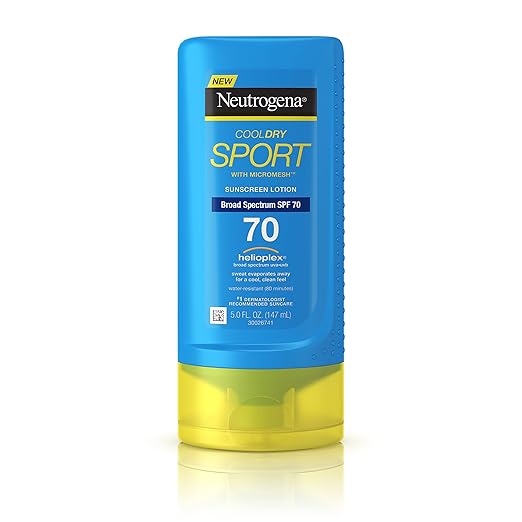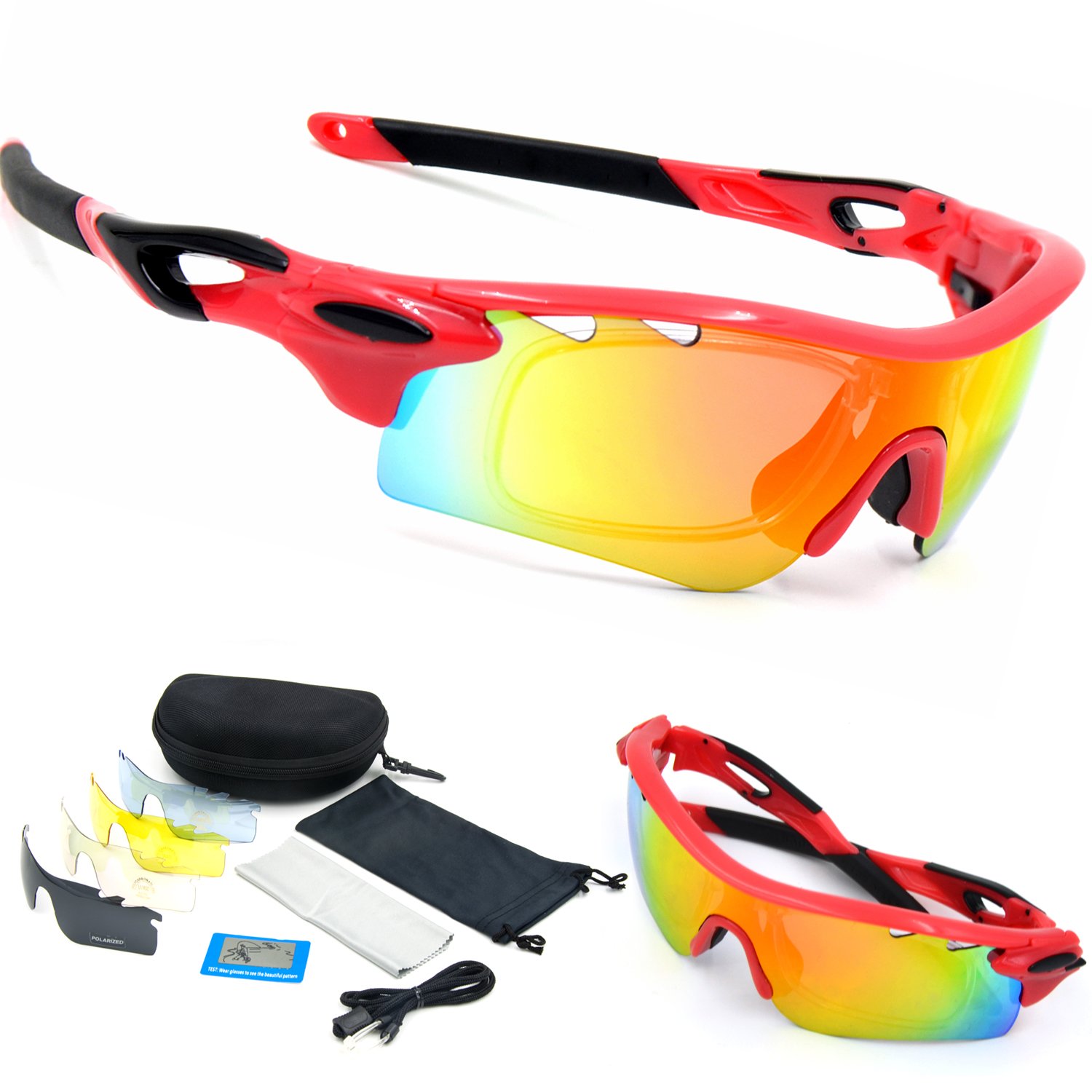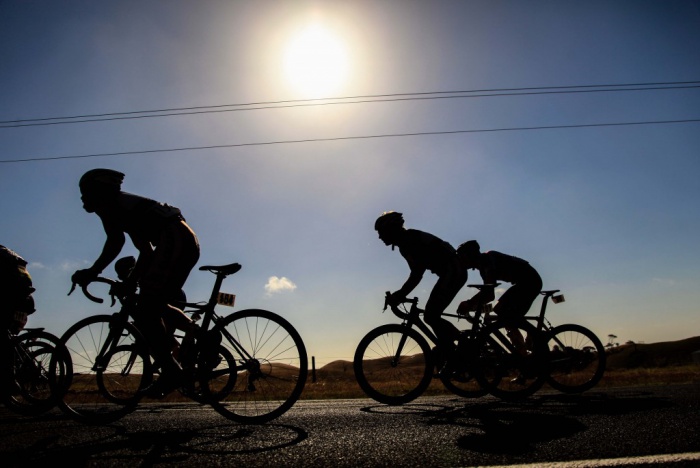Statistics Prove It
Cold Hard Facts
- Caucasians and men older than 50 have a higher risk of developing melanoma than the general population
- Melanoma is the most common form of cancer for young adults 25-29 years old and the second most common form of cancer for adolescents and young adults 15-29 years old
- Melanoma is increasing faster in females 15-29 years old than in males of the same age group
- Invasive melanoma is projected to be the fifth most common cancer for men (46,870 cases) and the seventh most common cancer for women (29,510 cases) in 2016.
- Basal cell and squamous cell carcinomas, the two most common forms of skin cancer, are highly curable if detected early and treated properly
- Approximately 75 percent of skin cancer deaths are from melanoma. On average, one American dies from melanoma every hour.
Sun Protection Cycling – The Truth About Sunscreen
The Basics
- During training, cover as much skin as possible, wearing sweatpants or at least long shorts, and a long-sleeved shirt or sweatshirt. Wear socks to soak up sweat and absorb impact as well as block the sun; wear them as high up on your leg as possible. And shield your eyes with UV-blocking sunglasses. And always wear a helmet when biking, for both sun protection and crash protection.
- Use an SPF 15 or higher sunscreen on all exposed skin, up to 6:30 p.m. or later on a summer’s day, even when it is cloudy. (The sun’s harmful ultraviolet rays go through clouds.) “I recommend alcohol-based sunscreens for the face, because they’re more resistant to sweating,” says Dr. Phillips. “I also like to apply stick sunscreens around the eyes, since they are almost impervious to sweating.”
What to Look For
Okay, so you’re older and may have already damaged your skin. The American Academy of Dermatology encourages everyone to perform skin self-exams to check for signs of skin cancer and to get a skin exam from a doctor. A dermatologist can make individual recommendations as to how often a person needs these exams based on risk factors including skin type, history of sun exposure, and family history. Here’s what to look for:
- The most common warning sign of skin cancer is a change on the skin, especially a new growth or a sore that doesn’t heal. The cancer may start as a small, smooth, shiny, pale or waxy lump. It also may appear as a firm red lump. Sometimes, the lump bleeds or develops a crust.
- Both basal and squamous cell cancers are found mainly on areas of the skin that are exposed to the sun — the head, face, neck, hands, and arms. But skin cancer can occur anywhere.
- An early warning sign of skin cancer is the development of an actinic keratosis, a precancerous skin lesion caused by chronic sun exposure. These lesions are typically pink or red in color and rough or scaly to the touch. They occur on sun-exposed areas of the skin such as the face, scalp, ears, backs of hands, or forearms.
- Actinic keratoses may start as small, red flat spots but grow larger and become scaly or thick if untreated. Sometimes they’re easier to feel than to see. There may be multiple lesions next to each other.
Ultraviolet Protection Factor
UPF or “ultraviolet protection factor” is the rating system used for apparel. It indicates how effectively fabrics shield skin from ultraviolet rays or UV. The higher the UPF number, the greater degree of UV protection a garment offers. UPF gauges a fabric’s effectiveness against ultraviolet radiation from the sun, or UV light. The UPF rating on clothing indicates what fraction of the sun’s ultraviolet rays can penetrate the fabric. A jersey with a UPF of 50, for example, allows just 1/50th of the sun’s UV radiation to reach the skin.
Sun Protection Factor
SPF or “sun protection factor”, is the rating system used for sunscreen. An SPF number pertains to a sunscreen’s effectiveness against the sunburn-causing segment of ultraviolet radiation or sunlight. Theoretically, the SPF number indicates how long you can stay in the sun before your skin reddens.
Do You Need UPF Rated Jerseys?
“You might get fine UV protection from a regular piece of clothing,” says Dr. Martin A. Weinstock, professor of Dermatology and Community Health at Brown University Medical School and the chairman of the Skin Cancer Advisory Group of the American Cancer Society. “But with UPF-rated clothing, you’re assuring that protection.”
Don’t Let it Keep You From Riding
Sun Protection Cycling Products You Should Be Wearing Everyday You Ride
Neutrogena SPF 70 CoolDry Sport Sunscreen Lotion

Louis Garneau Men’s Carbon Cycling Jersey

Louis Garneau Carbon Jersey – Women’s

Aupek Polarized UV Protection Glasses

